 Zapote
Zapote
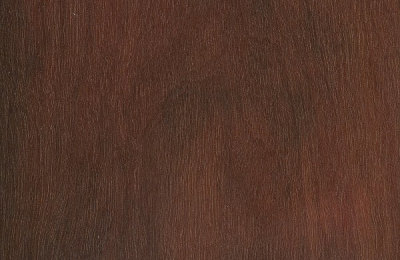 Common Name(s): Chico Zapote, Zapote, Sapodilla
Common Name(s): Chico Zapote, Zapote, Sapodilla
Scientific Name: Manilkara zapote
Distribution: Southern Mexico and Central America
Tree Size: 65-100 ft (20-30 m) tall, 2-3 ft (.6-1 m) trunk diameter
Average Dried Weight: 65 lbs/ft3 (1,040 kg/m3)
Specific Gravity (Basic, 12% MC): .82, 1.04
Janka Hardness: 2,970 lbf (13,210 N)
Modulus of Rupture: 26,710 lbf/in2 (184.2 MPa)
Elastic Modulus: 2,960,000 lbf/in2 (20.41 GPa)
Crushing Strength: 12,440 lbf/in2 (85.8 MPa)
Shrinkage: Radial: 6.2%, Tangential: 9.2%, Volumetric: 16.0%, T/R Ratio: 1.5
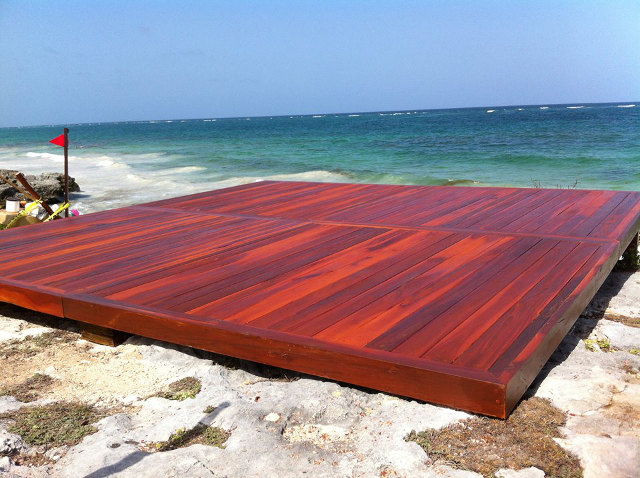
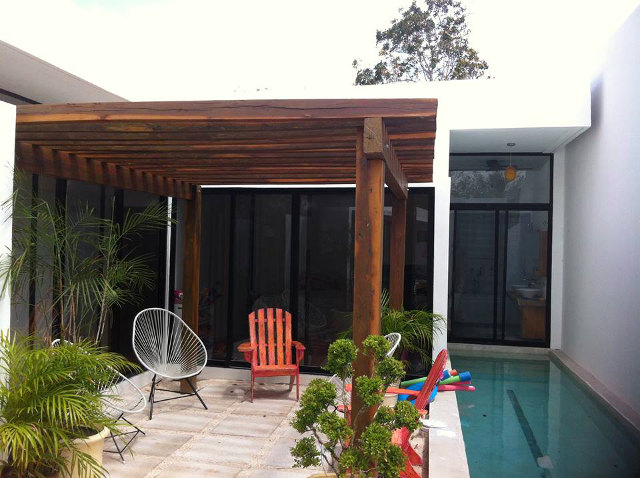
Color/Appearance: Color ranges from a pink or red to a darker reddish brown. Pale yellowish sapwood gradually transitions to heartwood. Gum pockets are commonly found in this wood.
Grain/Texture: Grain is straight (or occasionally wavy) with a medium to fine uniform texture.
Endgrain: Diffuse-porous; medium-small pores in no specific arrangement; commonly in radial multiples of 2-6; gums and other heartwood deposits present; growth rings indistinct; rays not visible without lens; parenchyma banded (numerous fine bands).
Rot Resistance: Reported to have outstanding durability and insect resistance. (Intact Chico Zapote beams have been found amid the ruins of Mayan temples.)
Workability: Checking is common with this species, and even turning blanks are sometimes sold dry instead of green. Can be difficult to work on account of its density, but generally produces good results. Moderate blunting effect on cutters. Turns and finishes well.
Odor: No characteristic odor.
Allergies/Toxicity: Although severe reactions are quite uncommon, Chico Zapote has been reported to cause respiratory (nasal) irritation. See the articles Wood Allergies and Toxicity and Wood Dust Safety for more information.
Pricing/Availability: Chico Zapote is a fruit tree, and isn’t usually harvested for lumber. Occasionally available, it should be moderately priced for an imported wood.
Sustainability: This wood species is not listed in the CITES Appendices or on the IUCN Red List of Threatened Species.
Common Uses: Cabinetry, furniture, archery bows, flooring, turned objects, and other small specialty wood items.
Comments: This gum of the tree’s bark is used for chewing gum and other candies, and the tree is primarily known for its fruit, not its lumber. The tree is usually called Sapodilla.
 English
English 
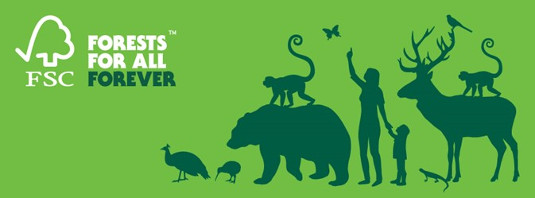
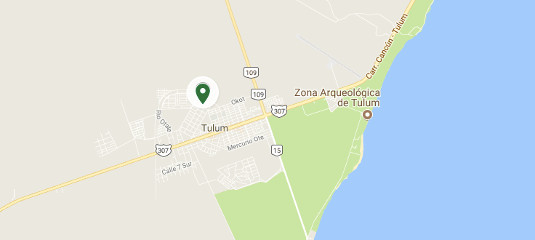
 +52 1 984 593 6747
+52 1 984 593 6747